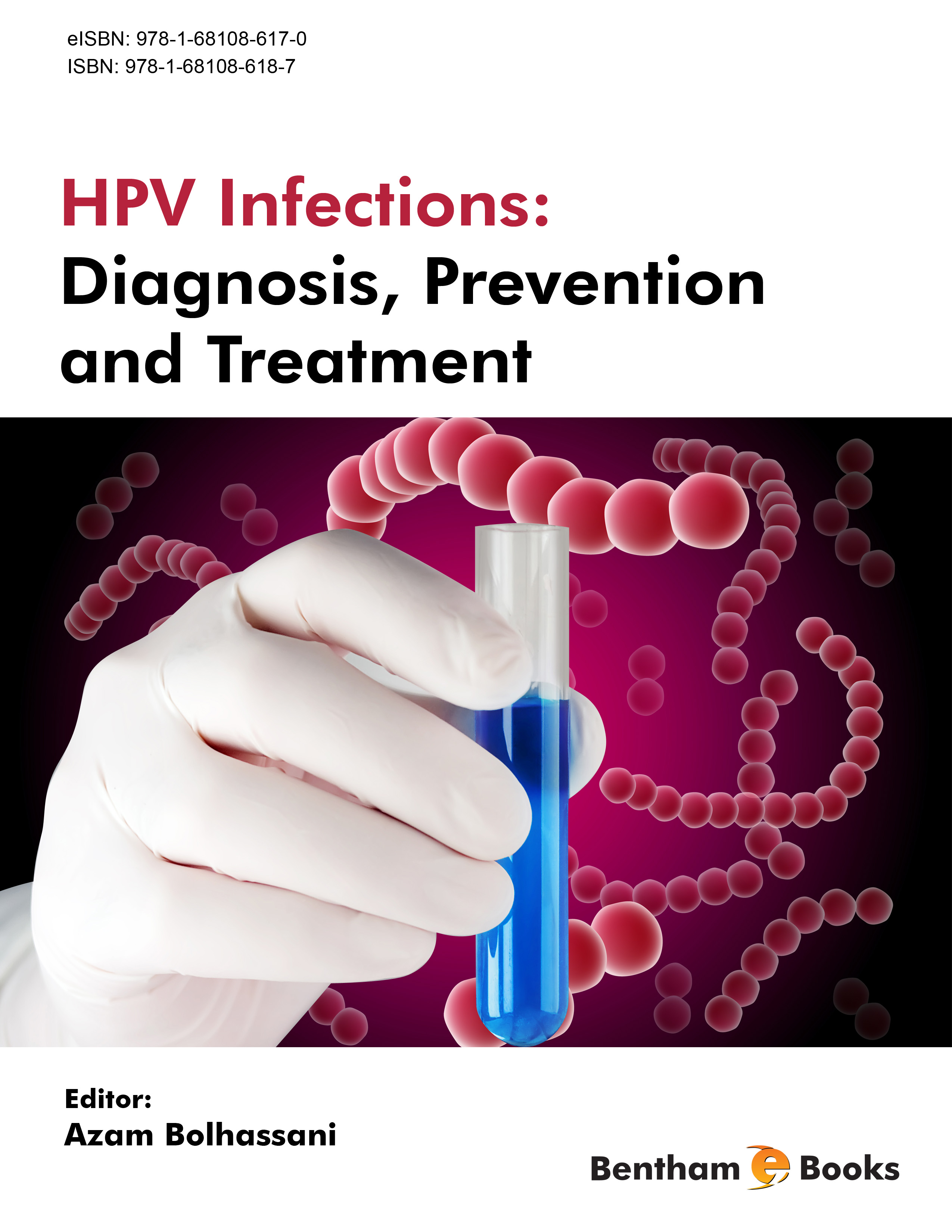Introduction
Human papillomavirus (HPV) infection is one of the most frequently sexually transmitted diseases in the world. HPV infections are responsible for almost all cases of genital warts and and are also responsible for multiple cancers in different regions of the body. Several studies on HPV diagnosis and vaccine development are in progress. Recently, two commercial vaccines such as Gardasil and Cervarix have been used to prevent HPV infections. Various drugs have also been tested in clinical trials for the treatment of HPV-related cancers.
HPV infections: Diagnosis, Prevention and Treatment provides a comprehensive overview of diagnosis, prevention and treatment in HPV-related infections. Chapters cover a large range of topics including HPV epidemiology, molecular biology, transmission, diagnosis, prevention, and treatment along with information about preclinical and clinical experiments.
This book is intended as a comprehensive handbook for medical students and residents who require information about HPV and the treatment of HPV related diseases.

